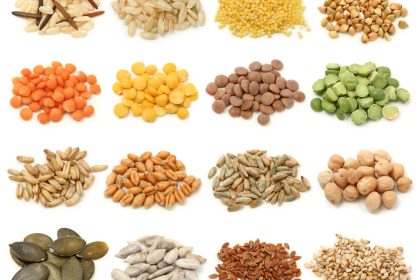Chinese cuisine is beloved worldwide for its rich flavors and unique combinations of sweet, sour, salty, and savory tastes. However, medical research reveals significant health risks lurking behind popular takeout dishes, particularly for individuals managing blood pressure and cholesterol levels. Understanding these hidden hazards becomes crucial for maintaining cardiovascular health while enjoying this popular cuisine.
The sodium challenge in traditional sauces
Soy sauce, oyster sauce, black bean sauce, and hoisin sauce form the cornerstone of Chinese cuisine, but they harbor dangerous sodium levels for cardiovascular health. A single tablespoon of soy sauce contains nearly 900 mg of sodium—almost 40% of daily recommended intake. When combined with MSG (monosodium glutamate) and other sodium-heavy ingredients, one meal can exceed double or triple the recommended daily amount.
For individuals with high blood pressure, this sodium overload poses serious risks. Regular consumption of high-sodium meals can exacerbate hypertension and potentially lead to cardiovascular disease. Medical professionals recommend requesting low-sodium alternatives or opting for vinegar and ginger-based dressings to maintain flavor while reducing sodium intake.
Saturated fat impact from cooking methods
Chinese cuisine features many fried favorites like egg rolls, spring rolls, crispy chicken, and fried rice. These cooking methods introduce significant levels of saturated fats, known to raise LDL (bad) cholesterol. Restaurant preparation often involves partially hydrogenated oils, creating harmful trans fats that simultaneously lower HDL (good) cholesterol while raising bad cholesterol.
The combination of high heat cooking and reused oils creates particularly dangerous conditions for cardiovascular health. These cooking methods can:
- Increase arterial plaque buildup
- Elevate heart attack and stroke risks
- Worsen existing cholesterol problems
- Create inflammatory responses
- Contribute to weight gain
Hidden sugar content in sauces
Popular dishes like orange chicken, General Tso’s chicken, and sweet-and-sour pork contain surprisingly high sugar levels. This hidden sugar content affects cardiovascular health by:
- Triggering blood sugar spikes
- Contributing to insulin resistance
- Stressing liver function
- Increasing blood fat production
- Adding excessive calories
The relationship between sugar consumption and cardiovascular health extends beyond immediate blood sugar impacts. Excess sugar intake stresses the liver, leading to increased fat production in the blood and worsening cholesterol problems.
MSG impact on blood pressure
MSG remains widely used in Chinese cuisine despite health concerns. Research indicates several cardiovascular risks:
- Immediate blood pressure elevation
- Enhanced appetite stimulation
- Increased caloric intake
- Long-term hypertension risk
- Metabolic disturbances
Regular MSG consumption may lead to chronic high blood pressure, particularly affecting individuals already managing hypertension. The compound’s ability to stimulate appetite can also lead to overconsumption, contributing to weight management challenges.
Hidden fats in meat selections and sauces
Beyond cooking methods, meat selection and sauce preparation introduce additional saturated fat concerns. Popular dishes featuring beef and pork often contain:
- High levels of saturated fats
- Hidden animal-based oils
- Traditional cooking fats
- Absorbed cooking oils
- Additional butter or animal fats
Even stir-fried dishes can accumulate significant fat content through:
- Oil absorption during cooking
- Natural meat fats
- Added sauce oils
- Traditional cooking methods
- Sauce thickeners
Making informed choices
Medical professionals recommend several strategies for enjoying Chinese cuisine while protecting cardiovascular health:
Protein selections:
- Choose lean chicken or fish
- Opt for tofu alternatives
- Select vegetable-based proteins
- Avoid fatty meat cuts
- Request trimmed meats
Preparation methods:
- Choose steamed options
- Request light stir-frying
- Select boiled or braised dishes
- Avoid deep-fried items
- Ask for sauce on the side
Sauce modifications:
- Request low-sodium options
- Choose vinegar-based sauces
- Limit sweet sauce portions
- Ask for no MSG
- Select light sauce preparations
Understanding these health hazards empowers individuals to make informed decisions about Chinese food consumption. With careful selection and specific requests, it’s possible to enjoy this cuisine while maintaining cardiovascular health. Regular monitoring of blood pressure and cholesterol levels, combined with these dietary adjustments, supports long-term health management without completely sacrificing cultural dining experiences.
This story was created using AI technology.











